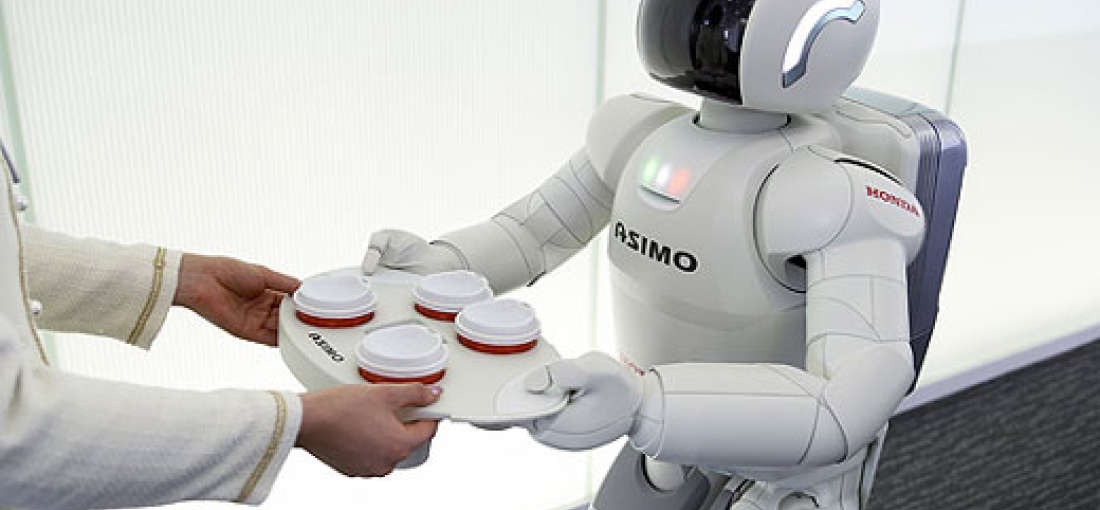

The sudden challenges created by the ongoing COVID-19 are captured effectively to exhibit the long term growth projections in the MRFR report on Household Robot Market. The growth sectors of the Household Robot Market are identified with precision for a better growth perspective.
Increasing interest in the development of robotic technology globally and surged cost efficacy in the making of household robots primarily drive the household robot market. According to the analysis done by Market Research Future, the global robotics market is expected to develop to USD 93 bn by 2024 at a CAGR of 15.5% throughout the review period of 2019 to 2024.
FREE PDF@ https://www.marketresearchfuture.com/sample_request/8196
The worldwide household robot market is predicted to attain USD 8.5 bn by 2025. Giant players like LG Electronics Inc., Samsung Electronics Co Ltd., Husqvarna employ their technical know-how in making industrial robots to manufacture cost-effective and efficient household robots, which is propelling the market growth. The application of robots encompasses services such as maintenance, installation, reprogramming, and repair. While the household robot services segment comprises a small segment of the market, manufacturers can exploit the prevailing infrastructure to offer quality service for household robots. The development of the worldwide consumer electronics market is surging the upgradation of electronic elements that are crucial for the cost-effective making of robots. The worldwide household robots market benefits directly from this advancement and an expanding number of household applications can now be automated easily. Robots with progressive AI are gaining popularity increasingly as companions and pets.
The progressive heuristic learning abilities of entertainment robots adds worth, accelerating demand. Enterprises like Blue Frog Robotics cater exclusively to this market. This competitive and large market is capitalizing on the expansion of related markets such as semiconductors, AI, and electronics, to automate domestic applications. Labor-intensive chores like window and pool cleaning, and vacuuming are consistently being automated, which is contributing directly to the expansion of the house cleaning robot segment. Lawn care and maintenance is an extensively labor-intensive task that can easily be accomplished by robots with several robots made specifically for lawn maintenance. Enterprise like Robomow almost exclusively make lawn mowing robots. Furthermore, social withdrawal is turning into an increasingly common occurrence with a large number of population residing in developed economies leading virtually secluded lives.
The problem is critical enough for the UK to encompass loneliness in the remit of the Minister for Sport and Civil Society and for the government of Japan to identify it as a medical incidence called hikikomori. Robotic firms are largely being adopted by isolated people to meet their companionship requirements and curb the impact of loneliness on mental wellbeing. Progressions in AI and surged affordability are leading to the development of the companion robot market with fair returns on investment. Besides, the robotics toys market includes pet robots, hobby robots, and educational robots. For instance, Lego came with the Mindstorm make-it-yourself robot kits. A rising aged population in France, Germany, China, and Japan, with sub-replacement fertility has led to the need for replacement of human caregivers. Japan is pioneering innovation of elderly caregiver robots and there is an accelerating demand for such robots in China and Germany. Compliance with ISO 13482:2014 is needed for categorization as an elderly assistance robot with focus placed on enabling the safety of usage. Laundry robots can fold laundry faster and more effectively than humans. Technological progressions in smart laundry applications have mostly been restricted to drying and washing, however, the manufacturers are not turning their focus to the automation of the intricate procedure of folding laundry.
Market Segmentation
The global household robot market is segmented based on type, application, and region. Based on type, the market is segmented into domestic and entertainment robots. Based on application, the market is segmented into house cleaning, lawn mowing, companionship, toys and hobby systems, elderly care assistance, laundry robots, and others.
Regional Analysis
Geographically, the market is segmented into APAC, Europe, North America, and the Rest of the World. APAC dominates the household robot market. Increasing investment towards household robot industry spurs the market in APAC.
Key Players
Key Players dominating the market include Samsung Electronics Co., Ltd., IRobot, Neato, LG Electronics Inc., Lego, Dyson, Ecovacs, and John Deere.
More Information@ https://www.marketresearchfuture.com/reports/household-robot-market-8196
About Market Research Future:
At Market Research Future (MRFR), we enable our customers to unravel the complexity of various industries through our Cooked Research Reports (CRR), Half-Cooked Research Reports (HCRR), Raw Research Reports (3R), Continuous-Feed Research (CFR), and Market Research and Consulting Services.
Contact:
Market Research Future
+1 646 845 9312
Email: [email protected]























